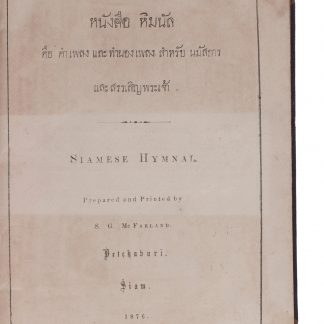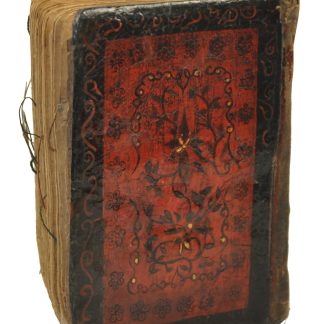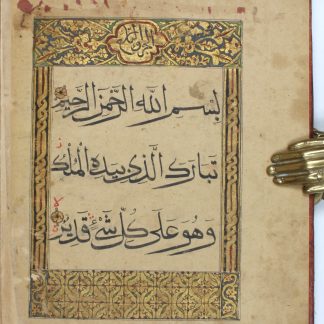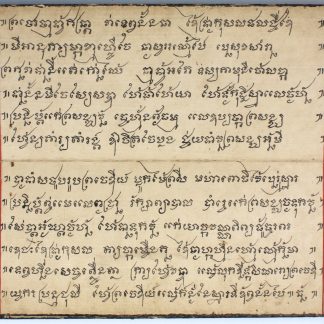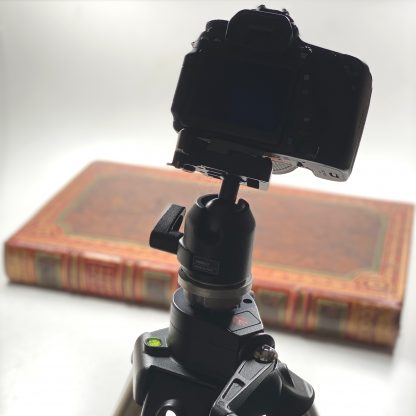
Etched on palm fronds
[Sinhalese palm-leaf manuscript].
214 ff. Sinhalese manuscript (likely Sinhalese script in the Pali language) etched and inked on palm leaves. Blue-black Sinhalese rounded script. Contemporary painted, bevelled wood boards in orange and yellow, bound with soft twine grounded by a starburst metal device.
€ 1,500.00
A large palm leaf manuscript penned in the Sri Lankan Sinhalese script. Despite the extra skill required to write on them, palm leaves are more durable than vellum or paper, especially in hot or humid environments; as such they are one of the most ancient writing surfaces in the world, with a manuscript tradition in Southeast Asia and India stretching back millennia. The texts of palm leaf manuscripts are first etched into dried and treated palm frond strips by a trained scribe armed with a small sharp stylus. The scribe then rubs ink into the etched lines of the letter-forms; this labour-intensive process can be seen in the pages of this manuscript.
In Sri Lanka, Sinhalese is both a spoken language of the Sinhalese people and a writing system in which one may also write in Sanskrit and Pali; indeed, Pali is a common language found in Sinhalese manuscripts. While palm leaf manuscripts are used for all sorts of works, from the Pali-Sinhalese medical treatise Yogaratnakara to the Ramayana, Sinhalese palm leaf manuscripts are particularly famous for their importance in preserving texts of Theravada Buddhism, including sutras and histories.
Some leaves with marginal chipping (possibly nibbled on), with minor text loss; leaves numbered but may be out of order.

